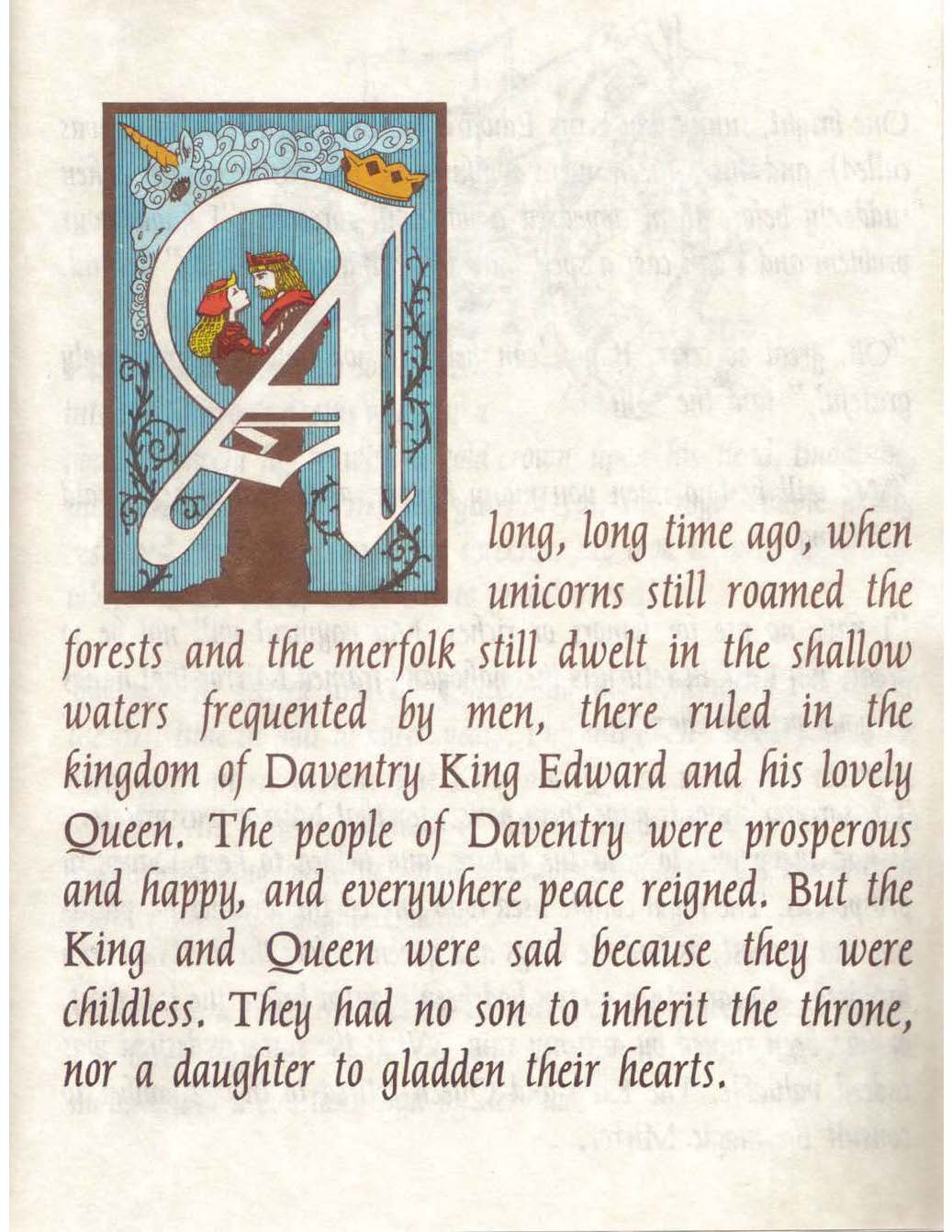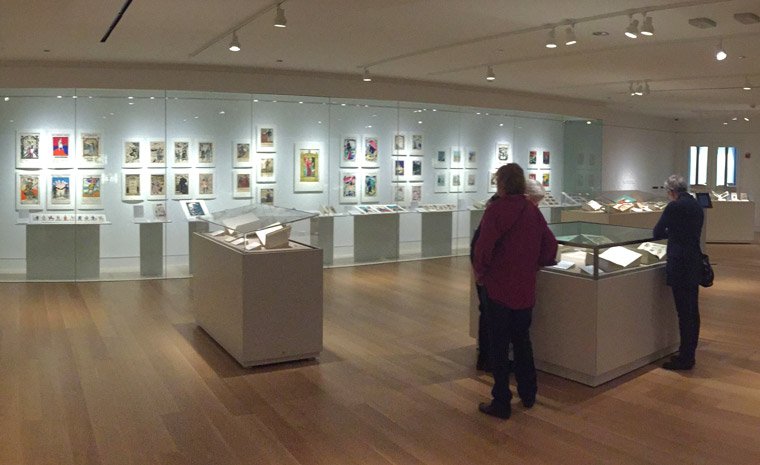Since the emergence of the tabletop role-playing game Dungeons and Dragons and the digital text adventure Zork, both in the 1970s, gamers have been enchanted by the iconography and underlying structures of the fantasy genre—mages, castles, monsters, and rogues; fated quests and unlikely fellowships; magic spells and ancient riddles. But the relationship between fantasy and games is one of reciprocal influence: after all, both games and fantasy carve out separate worlds, imbuing them with rules, boundaries, goals, and roles. This exhibit charts how games and fantasy have converged over time, as exemplified by the heavily rule-oriented magic systems of the LitRPG genre and blockbuster games set in fantasy worlds such as the Hugo Award-Winning Baldur’s Gate III. Key examples from gaming and fantasy culture, including game manuals, character figurines, literary texts, film clips, and interactive game play demos, help to show how creators, players, and fans have developed a shared language for building and playing with imaginary worlds.
Charting Imaginary Worlds: Why Fantasy and Games are Inseparable
Exhibit Details
Gallery Exhibit
Sept. 15, 2025
–
Dec. 12, 2025

